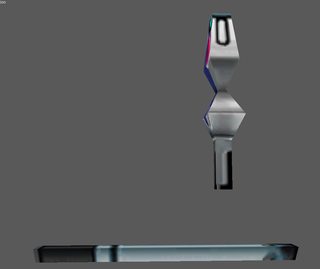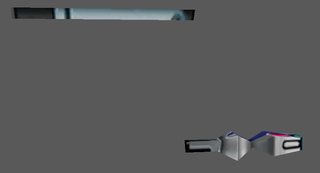Soly
Member
- Gender
- Male
Doesn't seem to be default, but is on the store so no problem I guess if you want to mess with it.
https://www.microsoft.com/en-us/store/a ... zdncrfj3t6
https://www.microsoft.com/en-us/store/a ... zdncrfj3t6
Follow along with the video below to see how to install our site as a web app on your home screen.
Note: This feature may not be available in some browsers.
I wish you had given examples of the numbers involved, as I could have told you that to save you some trouble. Quest object rotation works the same way; rotation is stored as a signed int, and 32768 is 180 degrees.kion said:Well.... fuck. At least I figured out rotation, which I was stuck on how to convert Sega's int's into an angle. Then I realized that most of the rotations are probably going to be 90 degrees. So I took one of the given values, 16384, set that as 90, and it worked.
vermillion said:I just cloned your project to play around with things. I'm glad to see you're making progress!
Aleron Ives said:I wish you had given examples of the numbers involved, as I could have told you that to save you some trouble. Quest object rotation works the same way; rotation is stored as a signed int, and 32768 is 180 degrees.
Aleron Ives said:I wish he had released source for more tools, because we are having to reinvent the wheel and remake tools from scratch to bypass the limitations of the programs he never finished.
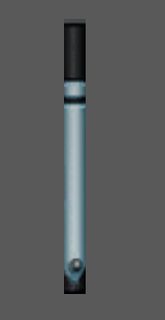
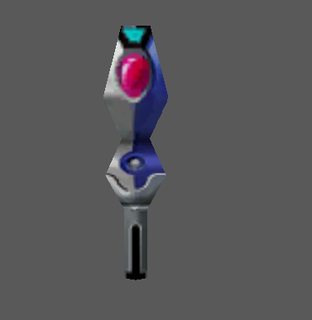
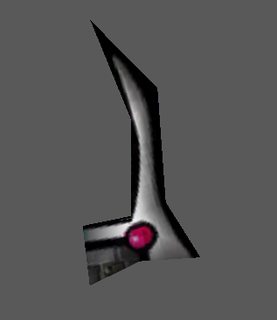
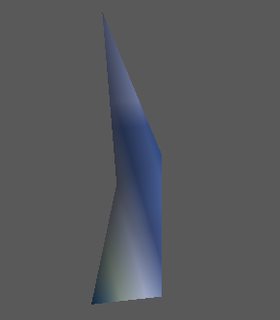

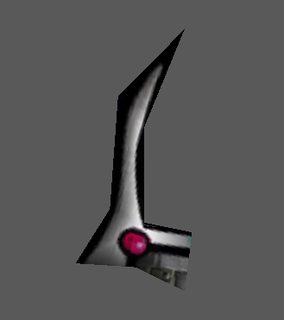
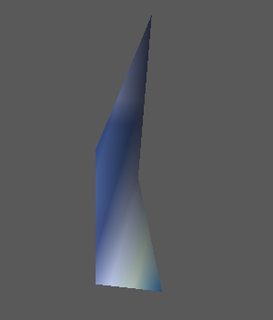
I want a moving aurora without having to boot my DC. :lol: All of the map animations are stored in the *n.rel file for each map, though, so I have no idea how they might differ from the animations that are attached to specific weapons. In theory, if the format were documented, it would be possible to add and remove animations to the maps at will by removing or appending animations to the rel file.kion said:You're pretty sour about those map animations.
typedef struct cnkobj {
Uint32 evalflags; /* Evaluation method optimization*/
NJS_CNK_MODEL *model; /* Model structure pointer*/
Float pos[3]; /* Parallel motion*/
Angle ang[3]; /* Rotation*/
Float scl[3]; /* Scale*/
struct obj *child; /* Child object pointer*/
struct obj *sibling; /* Sibling object pointer*/
} NJS_CNK_OBJECT;
#define NJD_EVAL_UNIT_POSBIT_0/* Motion can be ignored */
#define NJD_EVAL_UNIT_ANG BIT_1/* Rotation can be ignored */
#define NJD_EVAL_UNIT_SCL BIT_2/* Scale can be ignored */
#define NJD_EVAL_HIDE BIT_3/* Do not draw model */
#define NJD_EVAL_BREAK BIT_4/* Break child trace */
